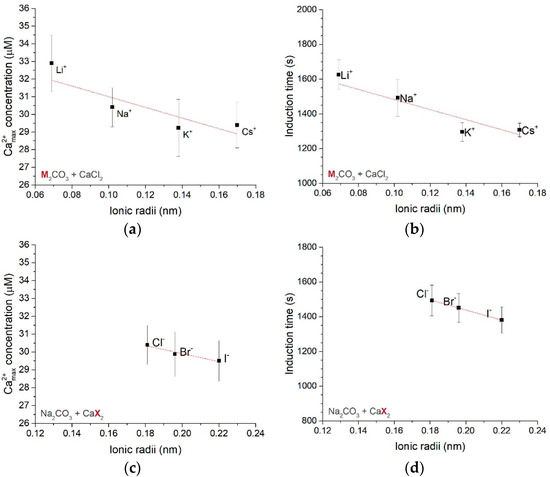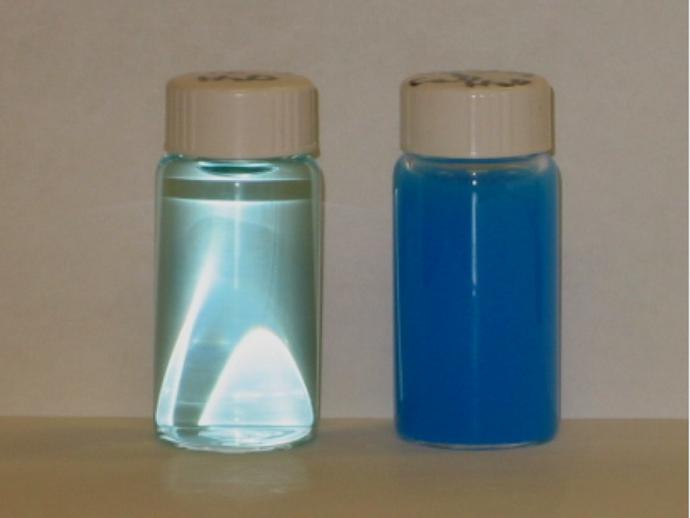Randy Holmes-Farley
Reef Chemist
View Badges
Staff member
Super Moderator
Excellence Award
Expert Contributor
Article Contributor
R2R Research
My Tank Thread
- Joined
- Sep 5, 2014
- Messages
- 67,557
- Reaction score
- 64,012
Reef Chemistry Question of the Day 289
There are a variety of ways that H+ is important in reefing. pH is a measure of the concentration of H+ in the water. Total alkalinity is the amount of acid needed to raise the H+ concentration to a specific value. A CaCO3/Co2 reactor uses carbon dioxide to raise the concentration of H+ to the point where calcium carbonate dissolves.
In fact, the list of ways that H+ is important in reefkeeping is quite long
But what is H+?
A. H+ is a proton
B. H+ is an electron
C. H+ is a proton and a neutron, combined
D. H+ is two protons and one electron, combined
E. H+ is two protons, two neutrons, and two electrons, combined
Good luck!
Previous Reef Chemistry Question of the Day:

 www.reef2reef.com
www.reef2reef.com
There are a variety of ways that H+ is important in reefing. pH is a measure of the concentration of H+ in the water. Total alkalinity is the amount of acid needed to raise the H+ concentration to a specific value. A CaCO3/Co2 reactor uses carbon dioxide to raise the concentration of H+ to the point where calcium carbonate dissolves.
In fact, the list of ways that H+ is important in reefkeeping is quite long
But what is H+?
A. H+ is a proton
B. H+ is an electron
C. H+ is a proton and a neutron, combined
D. H+ is two protons and one electron, combined
E. H+ is two protons, two neutrons, and two electrons, combined
Good luck!
Previous Reef Chemistry Question of the Day:

Reef Chemistry Question of the Day #288: Deionizing Resins for RO/DI
Reef Chemistry Question of the Day 288 Deionizing resins used in an RO/DI have ionic charges that are permanently attached to the resin, and other ionic charges that are free to move around and potentially come out of the resin. Which of the following ions comprise the free to move around ions...
 www.reef2reef.com
www.reef2reef.com



















